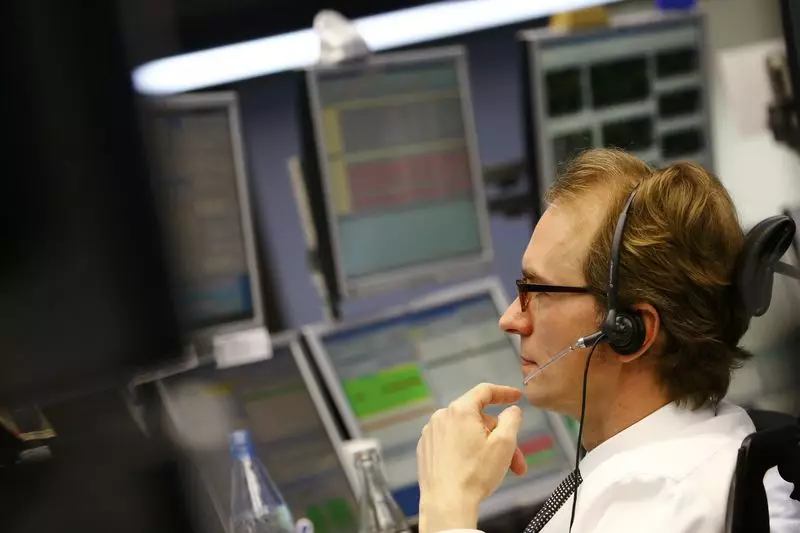The Bank of Mexico is navigating a complex economic landscape as it prepares for a potential interest rate decision in February 2025. Deputy Governor Jonathan Heath has indicated that the bank is contemplating cutting rates by 25 or 50 basis points, provided certain economic indicators align favorably. The challenges are multifactorial, ranging from internal inflation trends to external pressures such as U.S. trade policies. This monetary policy scenario is particularly crucial, as it could impact not only Mexico’s economic stability but also its relations with the United States during a turbulent political climate.
Since the commencement of its easing cycle in early 2024, the central bank has already enacted a series of quarter-point cuts. The most recent indications show a trend toward larger cuts in response to a continuing decrease in inflation rates. Heath points out that inflation has been exhibiting signs of slowing down, leading to optimism about the timing and extent of further reductions. However, this optimism is tempered by lingering uncertainties, particularly around potential tariffs on Mexican goods that would be imposed by the incoming U.S. administration, led by President-elect Donald Trump.
Trump’s campaign promises included imposing a 25% tariff on Mexican imports should there be insufficient actions to tackle drug trafficking and immigration issues. This looming threat presents an intricate challenge for the Bank of Mexico as it weighs domestic economic conditions against foreign policy risks.
The February meeting will be pivotal, as it will not only consider inflation figures but also the broader economic context, including ratings from financial agencies and insights into service sector inflation, which remains persistently elevated. Deputy Governor Heath has emphasized that the decision-making process will incorporate various economic indicators, particularly if Trump’s administration refrains from initiating drastic measures during his inauguration.
Despite the prospect of rate cuts, Heath has made it clear that a reduction larger than 50 basis points is off the table, reflecting a cautious approach to monetary policy. This opportunity for discussion may not yield unanimous agreement among board members, who hold differing views on how aggressively to manage the current situation.
Predictions from analysts suggest a less optimistic growth forecast for the Mexican economy in 2025, estimating a growth rate of around 1.12%, a decline from approximately 1.6% in 2024. Additionally, headline inflation is expected to close out 2025 at roughly 3.8%. These projections have been shaped by a combination of factors, including the private sector’s hesitance to invest due to an unstable economic environment and the government’s stringent fiscal policies aimed at minimizing the budget deficit.
Heath’s assertions about the future of inflation suggest that if the current economic sluggishness persists, there could be a strengthened trajectory toward achieving inflation targets. The prediction for 2026 is particularly optimistic, with expectations of inflation stabilizing around the 3% mark and the economy potentially entering a robust growth phase, provided Mexico manages to navigate external shocks successfully.
The Bank of Mexico is at a crossroads, weighing the implications of its monetary policy decisions both domestically and in response to external pressures, especially from the United States. The potential for rate cuts could stimulate economic activity, but concerns about trade sanctions introduce significant risks that could undermine those benefits. As the central bank deliberates its next steps, it is monitoring inflation indicators closely while remaining cautious about broader economic forecasts. The ability to successfully balance these challenges will be crucial to sustaining Mexico’s economic growth trajectory in the coming years.

